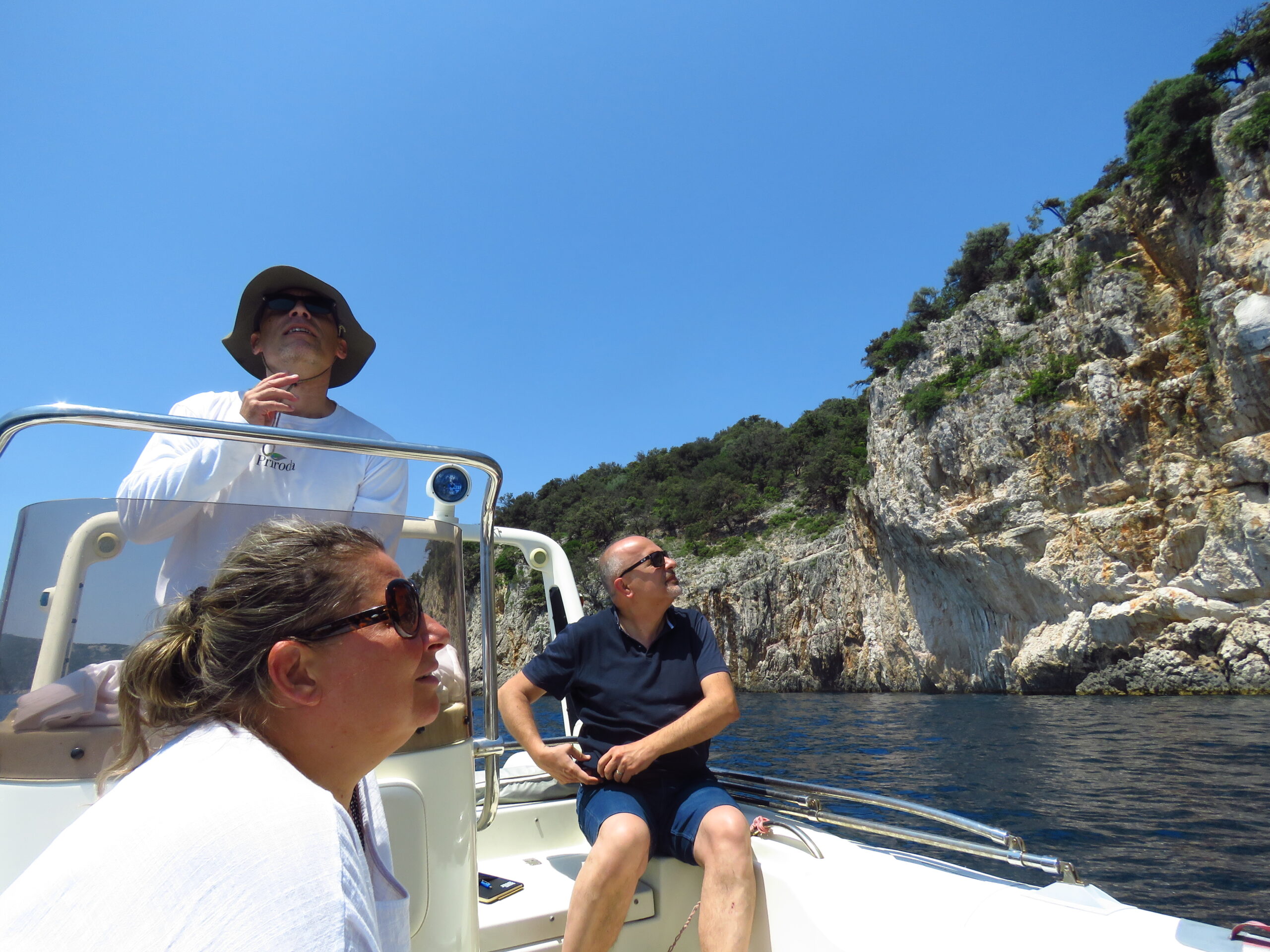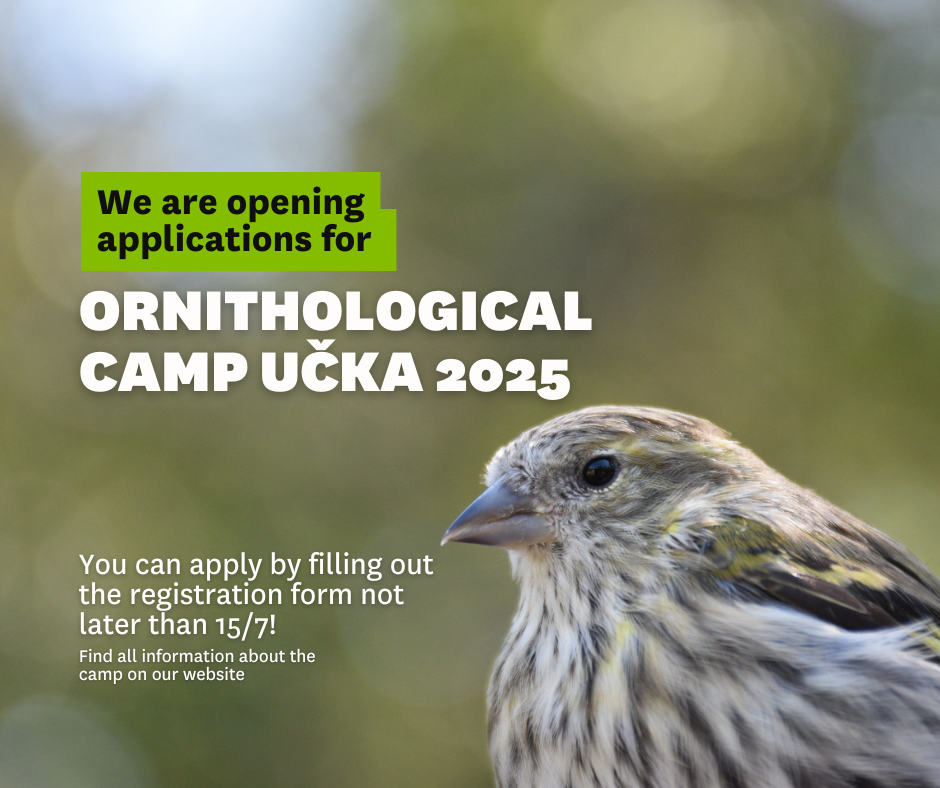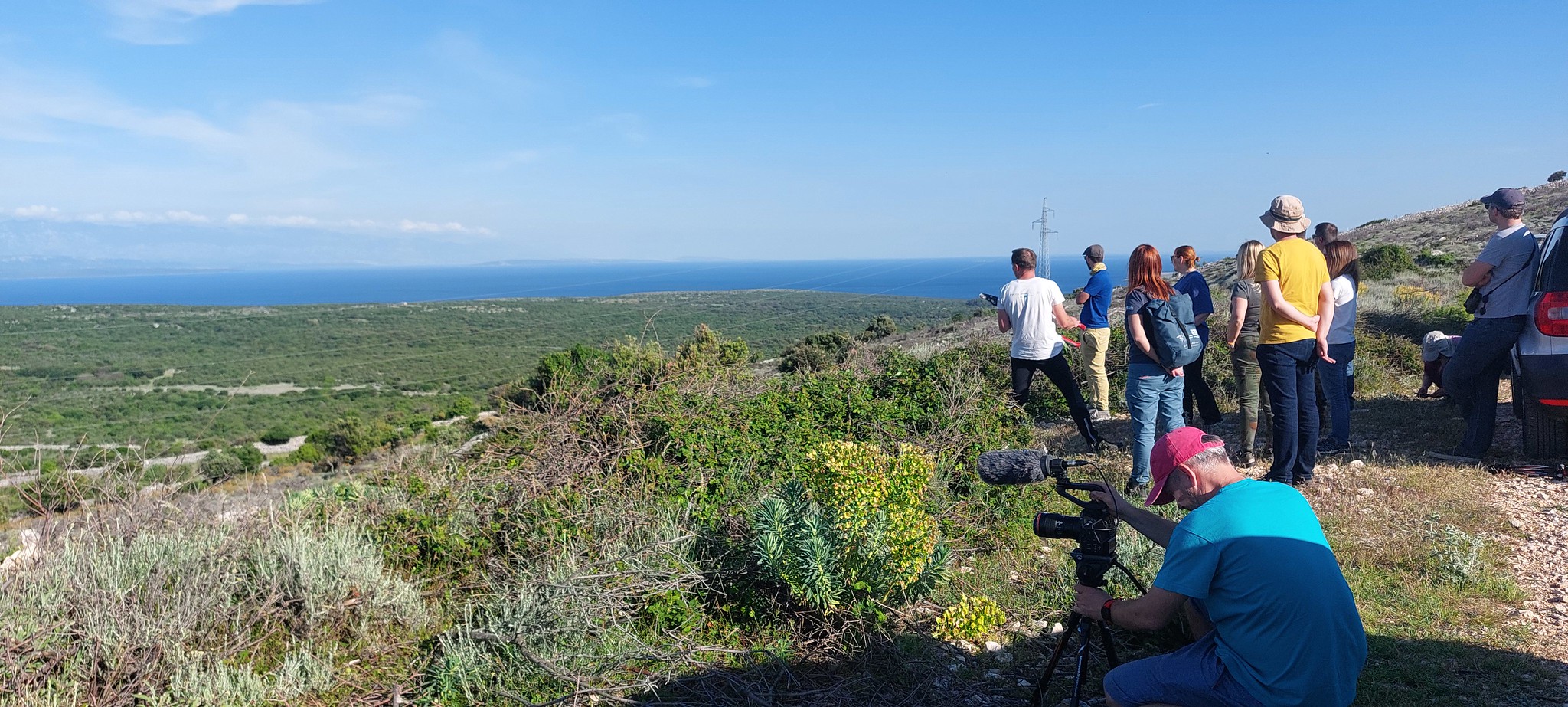
Camera-traps is a method used to capture images of animals in the wild, when researchers are not present.
It can record very accurate data without the animal being captured. These data is actually superior to human observations and that can be reviewed by other researchers. This is a great advantage.
Infrared flash cameras, usually not detectable by mammals or birds, have low disturbance and visibility. So this method minimally disturb wildlife and can replace the use of more invasive survey and monitoring techniques such as live trap and release. Cameras operate continually and silently and are a cost effective monitoring tool.
Camera trapping has been used in ecological research for decades. It can document wildlife presence (including rare species), abundance, studies of nest, population changes, as well as research on habitat use and occupation of structures, particularly in the face of deforestation and habitat destruction. It’s also helpful in determining behavioral and activity patterns of animals, such as which time of day they are active or visiting a specific area.
As part on my EVS project with BIOM, I learnt about this trapping technique and how to use it, so as part of my experiences, one camera was settled down by me during some days near a pond, in Učka Natural Park.
As result, some videos were recorded, a dog, two roe-deer, and a group of ‘wild’ cows. In the end of each video we got information as the day and time, and atmospheric conditions. With its visualization is possible to know the number of animals and how’s the group is compose (females, males, young, adults), etc. Also observing their behaviour.
Let’s see what you can trap next time!!
By Florbela Torres
Project was funded by European Commission under the Eramus+ programme.








